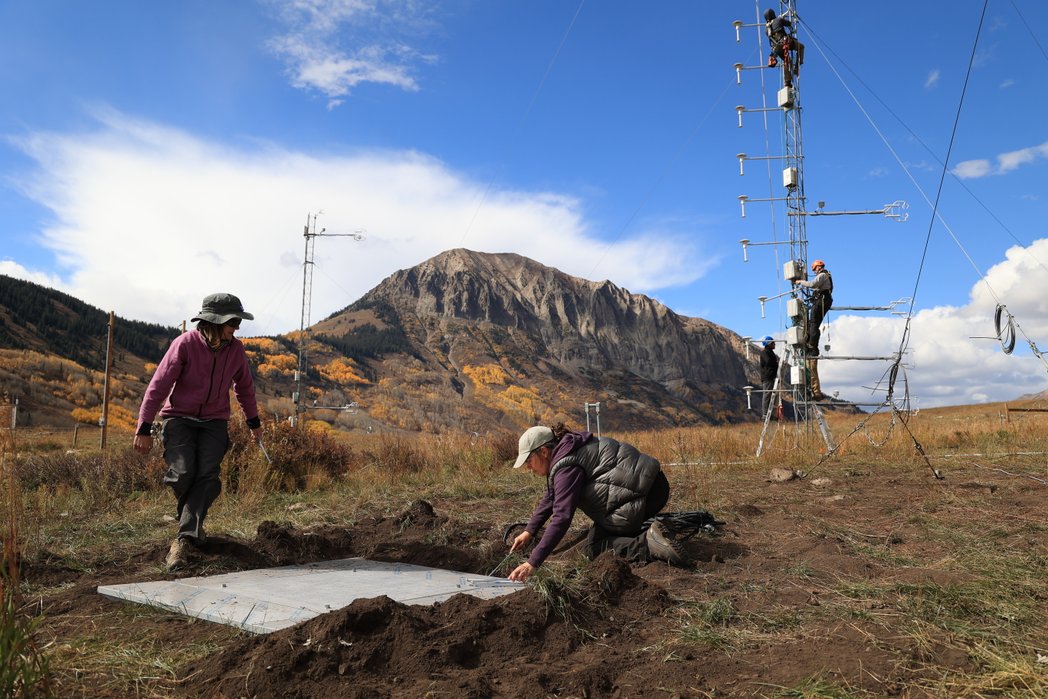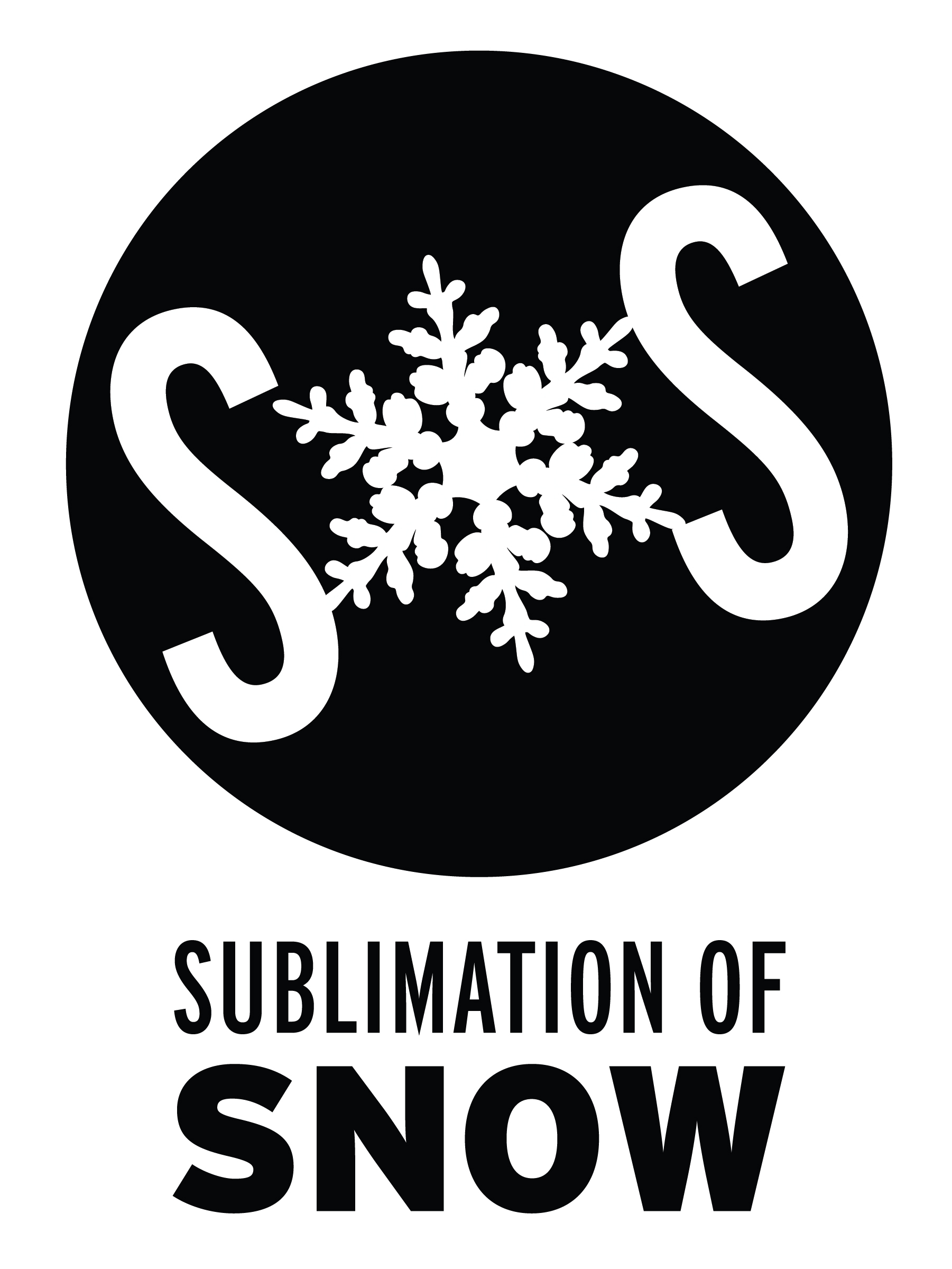Background and Motivation
Winter snowpack in the mountains of a river basin is often used to inform how much water is expected to be available throughout the year. However, in recent years, there has been an unexpected mismatch between the winter snowpack totals in the headwaters of the Colorado River and the resultant discharge coming down the river. For example, in both 2020 and 2021, snowpack totals within the upper Colorado basin were at or above normal, but streamflows within the basin were around 30 to 50% of their historic normal values. Where did the water go?
Sending an SOS Call
To help address this question, we are directing our focus into studying the role that snow sublimation – the phase transition from solid ice crystals to water vapor – plays in the disappearance of mountain snow. Snow sublimation has been measured or modeled to remove anywhere from 10% to 90% of the snow from a snowpack, depending on the location and scale of measurement. For example, ridgelines that experience heavy winds can lose a lot of snow to sublimation while snow protected by trees will experience less sublimation-driven snow loss. Due to the difficulty involved in measuring and modeling sublimation in the mountains, it is one of the major uncertainties within hydrologic models. Supported by funding from the National Science Foundation, the Sublimation of Snow (SOS) campaign will measure sublimation using a wide array of instruments deployed in the East River Basin near Crested Butte, Colorado during the of winter 2023. Some of these instruments will record observations related to atmospheric conditions (such as wind, humidity, and temperature) in the layer of air just above the snow, which is called the near-surface boundary layer. Other instruments will continuously record how much water is in the snowpack (termed snow water equivalent), track snow depth over time, and observe how snow moves during high wind events.. Instruments will also record the snow’s energy balance, which is a measure of how energy from the sun or atmosphere is entering and leaving the snow. With a wide-ranging set measurements at multiple levels above the snow surface, we hope to address a few different questions specific to sublimation:
- What governs the characteristics of the near-surface boundary layer over snow in complex terrain?
- We will link turbulence measured at multiple heights above the surface to valley-scale wind fields, changing snow surfaces, and blowing snow.
- How much snow sublimation occurs during different conditions in the near-surface boundary layer and how does this affect the snowpack’s total seasonal mass and energy balance?
- We will maintain multiple measurements through the winter by having a team of two students live near the site. There, they will record regular observations of the snowpack, observe weather conditions, and deploy additional instruments at the site.
- What measurement and analysis strategies are most robust for quantifying snow sublimation in a mountain valley?
- To address this question, we will compare our estimates of sublimation using multiple methods.
SOS Collaborates through an Alliance of Acronyms
The site of our field deployment, hosted at the Rocky Mountain Biological Laboratory (RMBL), allows for unprecedented collaboration between different organizations and projects focused on studying ground, surface, and atmospheric water within the East River watershed. One of these projects is the Surface Atmosphere Integrated Field Laboratory (SAIL), which is supported by the U.S. Department of Energy's Atmospheric Radiation Measurement (ARM) user facility. The Study of Precipitation, the Lower Atmosphere, and Surface for Hydrometeorology (SPLASH), a project operated by NOAA, is also based at RMBL. The National Center for Atmospheric Research's (NCAR) Earth Observations Laboratory (EOL), working directly with our campaign, is responsible for the deployment of their Integrated Surface Flux System (ISFS) to measure near-ground atmospheric turbulence, energy exchanges, and snow mass. More information on their role can be found here. We are also fortunate to be working with the Aspen Global Change Institute (AGCI), who is responsible for much of the outreach and documentation of our project. They are also helping us ensure that our science is available and approachable for a wide array of audiences.
Data
During the Winter of 2022-2023, data for the Sublimation of Snow project is being collected at the RMBL. A repository of the project's live data is available at this link. Please note that this raw, live data is not quality controlled yet. For weekly updates on the implications local weather have for field data collection, visit the Sublimation of Snow data page.

